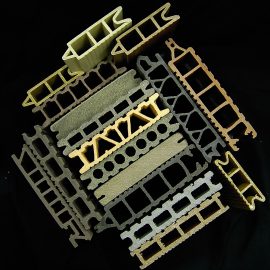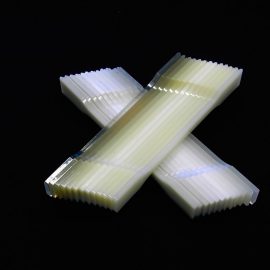
Recycling of plastics
Plastics are an integral part of our everyday lives, may it be in electronics like smart phones, as highly efficient packaging materials or in building applications. Many of these materials are already recycled, but there is room for improvement. We work on solutions for post-industrials as well as post-consumer materials streams and have also characterised many materials in regard to their in-house recyclability.RESILIENT - Recovery and recycling of silicones and thermoplastics from multi-component products and waste with improved new technologies
Silicones are a versatile, elastic plastic that can be used and processed very universally. It is often combined with other thermoplastic materials to produce hard/soft combinations for challenging applications. The recycling of silicones is also challenging, as the material is difficult to recycle after cross-linking. In the case of material combinations, the effect is doubly negative, as the thermoplastic that is combined with the silicone cannot be directly recycled again and is therefore lost as a material flow for established recycling technologies. Our aim in the RESILIENT project is to change this and also to recycle silicones using high-quality materials and raw materials.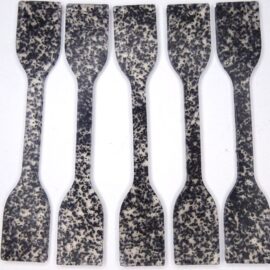
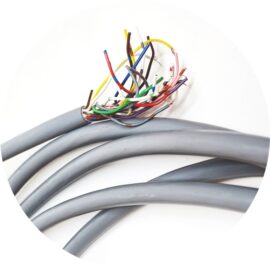
NaKareMa - Improving the sustainability of cable sheathing through regional, bio-based and recycled materials
The NaKareMa project takes a holistic approach to cable sheathing for automotive applications and their improvement in terms of sustainability. To this end, various approaches are being investigated - both regional raw material sources to reduce transport routes and bio-based raw materials to reduce dependence on crude oil. The use of recyclates from cable sheathing to close the cycle through recycling is also being investigated.WINTRUST - Wintersport Resource Efficiency and improved CircularEconomy
Winter sports equipment such as skis and bindings, ski boots, poles or helmets usually end up in bulky waste at the end of their life and are thus lost as valuable raw materials for the manufacture of new products. The WINTRUST project now aims to lay the foundations for recycling winter sports equipment and closing the loop.

circPLAST-mr – Mechanical recycling of plastics: from waste plastics to high-quality recyclates that meet specifications
Plastic waste does not belong in the sea or anywhere else in the environment. But: Plastic has many faces. Therefore, a clear separation between the types of plastic is necessary in order to be able to recycle plastics better.rGFK goes Trailer
End of Life wind turbine blades are currently incinerated or sent to landfills. In this projekt shredded turbine blades combined with resin shall be pressed into new composite loading floors, that meet the requirements for truck trailers and bring other competitive advantages, such as a non-slip surface and the possibility of integrating intelligent sensor technology.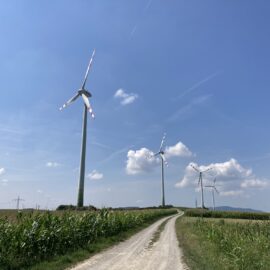
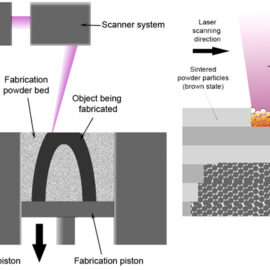
Sustainable SLS
The most important goals of the plastics industry are the reduction of the CO2 footprint by switching from fossil to bio-based raw materials, as well as the avoidance of plastic micro- and nanoparticles as a waste problem due to accumulation in soil and water.PLASTICE
Plastics have become an integral part of our everyday lives and are a major source of waste in our society. However, only 20% of the world's total plastic production is recycled today. The aim of the PLASTICE project is to develop innovative solutions to improve the recyclability of plastic waste that is currently not recycled. In the project, TCKT is working on the development of new technologies in the field of used textile recycling.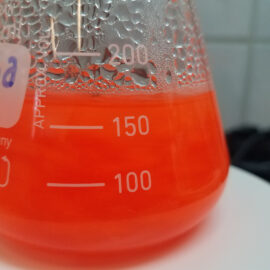
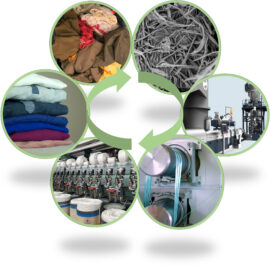
EnzATex
In 2018, Austria generated almost 222 thousand tons of textile waste, of which only 23% (i.e. 51∙103 t) was collected sorted and 77% (171∙103 t) ended up in mixed waste. Used textiles in mixed municipal waste end up almost exclusively in thermal recovery. In total, only about 7% (approx. 15∙103 t) of the 222 thousand tons of textile waste is recycled and 10% (approx. 22∙103 t) is reused (UBA 2022). A significant increase in the recycling rate of used textiles should therefore be aimed for.KryoReIF
Kryogenes Recycling von wertvollen, industriell unzureichend genutzten Materialien als industrielle Forschung
Im Projekt KryoReIF wird an einer neuen Variante der Aufbereitung von Werkstoffverbunden durch kryogene Vermahlung gearbeitet. Dabei werden schwer trennbare Materialkombinationen (wie zum Beispiel Mehrschichtfolien, Metallabfälle, beschichtete Textilien,…) versprödet und anschließend auf eine vorgegebene Feinheit zerkleinert. Die dabei entstehenden unterschiedlichen Fraktionen werden mittels Siebung oder Schwimm-Sink Verfahren weiter getrennt. Dadurch entstehen sortenreine Stoffströme, die für ein Rückführung in die Wertschöpfungskette wieder zur Verfügung stehen.
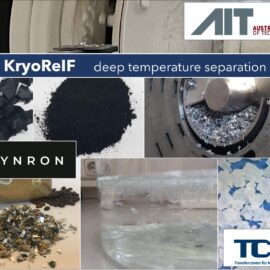
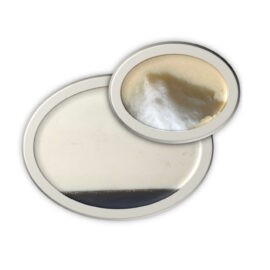
HTC-PUR-Extrusion
In a cooperative project supervised by the State of Upper Austria and the FFG, TCKT is working together with NEVEON and the Competence Center CHASE on new methods to recycle PUR waste that cannot be sorted. The partners have been working since July 2021 on a novel recycling process that can also be used to process mixed and contaminated foam waste.HospiCycle
Especially in the medical sector, packaging is very important for hygiene reasons and cannot simply be replaced. Plastics play an important role here, as they package consumables sterilely and efficiently with little material input. In addition, many consumables in the medical sector are also made of plastic, as this makes them easily and cheaply available in large quantities. That is why it is hard to imagine life without plastics - however, the question arises as to whether plastic waste cannot also be recycled here. Therefore, the aim of the HospiCycle project is...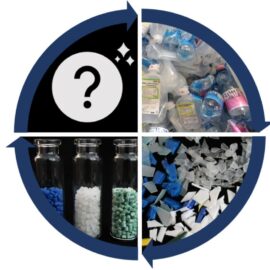
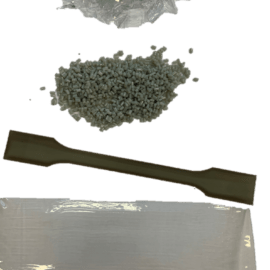
PET2Pack
Increasing the recycling rate of plastic packaging to 50% by 2025?! This is precisely why research is being carried out on a closed-loop system for PET rigid packaging as part of the "PET2Pack" research project.
The goal is ...
CREAToR
Brominated flame retardants such as HBCD or PBDEs show an excellent flame retardant per-formance and have been used in various plastics such as polystyrene or ABS for many years. Today we know that these flame retardants are environmentally harmful and they have been banned by the EU a couple of years ago. This is a problem in the material recycling process and requires the removal of the flame retardants before reusing the plastics. In the EU project CREAToR, various detection and extraction methods for bromine-containing flame retardants are investigated with the aim of removing the hazardous substanc-es and produce high-quality products from the recycled plastics.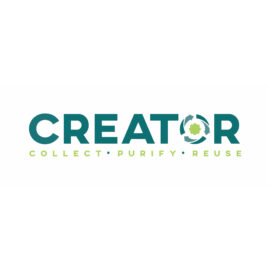
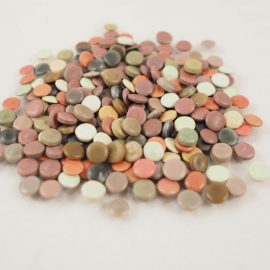
RecyPO
The fraction of the “hard plastics”, which is partially collected in the municipal waste collection centers, is currently not utilized in a broad way. Therefore the project “RecyPO”, a cluster-cooperation-project funded by the Upper Austrian government, dealt with the separation, reprocessing and the proper additives for these materials, to enable the re-use of these recyclates for new applications.rWPC
Wood plastic composites are existing in the market since several years. Due to that, the question arises, if these materials can be recycled at the end of their service life, but also after processing and deck building. Within the cluster-cooperation-project, funded by the Upper Austrian government, these aspects were investigated in detail.